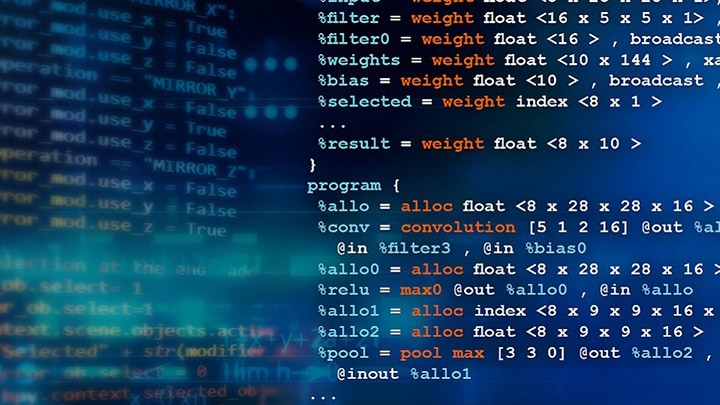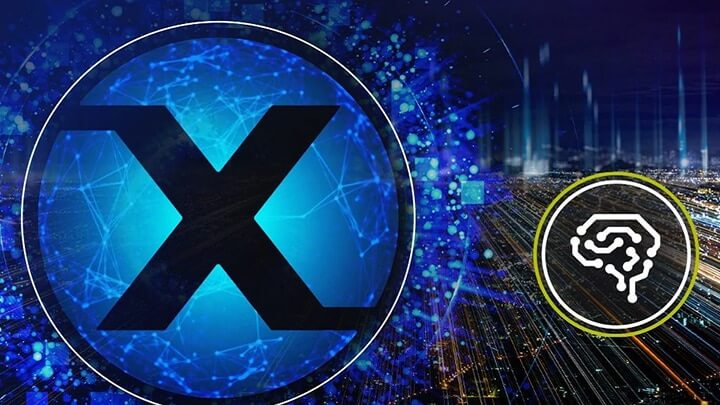If you want to get a sense of where cellular technology is headed, a good
resource is the
Ericsson Mobility Report, an annual publication that offers detailed analysis and projections for
mobile networks. Their latest report, dated November 2019, has some
interesting things to say about the internet of things (IoT).
Ericsson forecasts that by 2025 there will be nearly 25 billion IoT
connections worldwide and 20% of them will use cellular connectivity.
What’s more, while many of those cellular connections will continue use
legacy networks (2G/3G), most newly connected devices will use LTE technology,
in the form of LTE-M or NB-IoT.
That’s a big shift, given that 2G and 3G networks currently support
nearly a billion connected devices.
So why, if 2G and 3G offer the kinds of low-power, low bandwidth operation
that so many IoT deployments need, would deployments start migrating to
something else? Widespread deployment of 4G LTE networks and the arrival of 5G
have a lot to do with it.
Mobile network operators around the world are re-purposing their spectrum to
make way for newer technologies. In most cases, operators are sunsetting 2G or
3G, but not both. From a worldwide perspective, 2G and 3G are both still
operational, just not always in the same place.
In Asia, Oceania and North America, 2G is already gone, but 3G is still
available. On the other hand, in Europe and Africa, 2G is likely to outlive
3G. That’s because in Europe, the prominence of the IoT means 2G is
still lucrative, and in Africa, lack of 4G voice-over-LTE (VoLTE), along with
3G fallback to 2G, makes 2G a valuable asset for voice services. In Central
and South America, it’s harder to generalize, since network operators
are still evaluating their options.
Sidestepping the Risks of 2G and 3G
Faced with this uncertainty over 2G and 3G coverage, many IoT developers have
turned their attention to LTE-M and NB-IoT, two newer cellular technologies
designed for IoT operation.
LTE-M and NB-IoT are both low power wide area (LPWA) technologies, designed
for use in the IoT, which means they meet the essential IoT requirements of
battery life, reliable coverage, high network capacity and low operating cost.
As a general rule, LTE-M is the preferred option in Australia, Japan and North
America, while NB-IoT is more popular in China and Europe.
LTE-M and NB-IoT consume very little power and offer battery life of 10 years
of more. The main differences between the two are latency (the time it takes
to get on a network and send a message) and speed (the amount of data
transferred per second). NB-IoT, the slower of the two, is designed for things
like static sensors, which have low data needs and don’t need to be
connected all the time. NB-IoT uses batch communication to reduce power
consumption and offers improvements in system capacity and spectrum
efficiency.
LTE-M, which offers the highest bandwidth of any LPWA technology available
today, exceeds the speed and latency of 2G but may not match 3G for speed.
LTE-M supports real-time communication and is a good choice for fixed and
mobile applications that benefit from lower latency and over-the-air updates.
LTE-M and NB-IoT can be used to replace 2G and 3G and also offer an easy
roadmap to 5G LPWA as it becomes available. Today’s commercial versions
of LTE-M and NB-IoT are forward-compatible to 5G, meaning they can operate
within a 5G network. Also, many LTE-M and NB-IoT hardware modules are
upgradeable to 5G LPWA with a simple over-the-air software upgrade, so
in-place deployments can migrate to 5G without a truck roll. For deployments
that have a global footprint, many 4G and 5G LPWA solutions also support
fallback operation to 2G, so designs that use NB-IoT or LTE-M will work in
areas where 2G is still available.
Optimizing Performance with the Right MCU
Cellular connectivity is, of course, just one part of an overall IoT design
and only one of the considerations for developing a secure, battery-operated
device. The MCU plays a key role in optimizing overall performance, giving
developers options for fine-tuning power consumption and adding the security
algorithms needed to protect data and the network.
At NXP, our microcontroller group has made it easier for developers to
optimize and deliver cellular-enabled designs based on LTE-M and NB-IoT.
We’ve partnered with
Sequans, a leading provider of cellular modules for IoT devices, to bring LTE for
IoT connectivity to our LPC5500 MCU ecosystem.
The
LPC5500
series is specifically designed for low-cost, secure edge processing. Built on
a low-power 40-nm embedded flash process, the LPC5500 series brings together
new levels of functionality combining significant product architecture
enhancements and greater integration over previous generations. Integrated
security features include SRAM PUF-based root of trust and provisioning,
real-time execution from encrypted images (internal flash) and asset
protection with Arm® TrustZone®-M. These
features address the ongoing need for protection in IoT environments that
involve hundreds, if not thousands, of devices transmitting and receiving
sensitive data over the network. The extensive developer ecosystem includes a
comprehensive set of design tools that simplify development and enable strong
security in end-node devices.
The LPC5500 now combines with the Sequans Monarch GM01Q (LTE-M/NB-IoT) and
NB01Q (NB-IoT) modules to create a development platform that speeds
time-to-market for cellular-connected IoT devices. Both Sequans modules
support 17 LTE bands for worldwide connectivity and consume less than 1
µA of power.
The reference design software is completely open source and scheduled for mass
production this summer. It will be available through Avnet and Element 14 for
$99 USD MSRP. The partnership with Avnet has enabled us to rapidly extend the
capabilities of the reference design and provides a worldwide supply and
support channel for NXP and Sequans. The reference design promises to
accelerate connecting an IoT node to various cloud solutions such as Amazon
AWS and Microsoft Azure in a secure way. Additionally, the reference design
shows a customer precisely how to configure both the GM01Q and LC5500 to
operate together in a low-duty cycle ultra-low power application to maximize
battery life.
The NXP/Sequans combination creates an ideal platform for product evaluation
and prototyping, with an emphasis on secure, low-cost edge processing.
Go Deeper
To learn more about the NXP approach to secure, energy-efficient operation in
the IoT, visit
Wireless. You can also check out our
webinar
on the subject.




